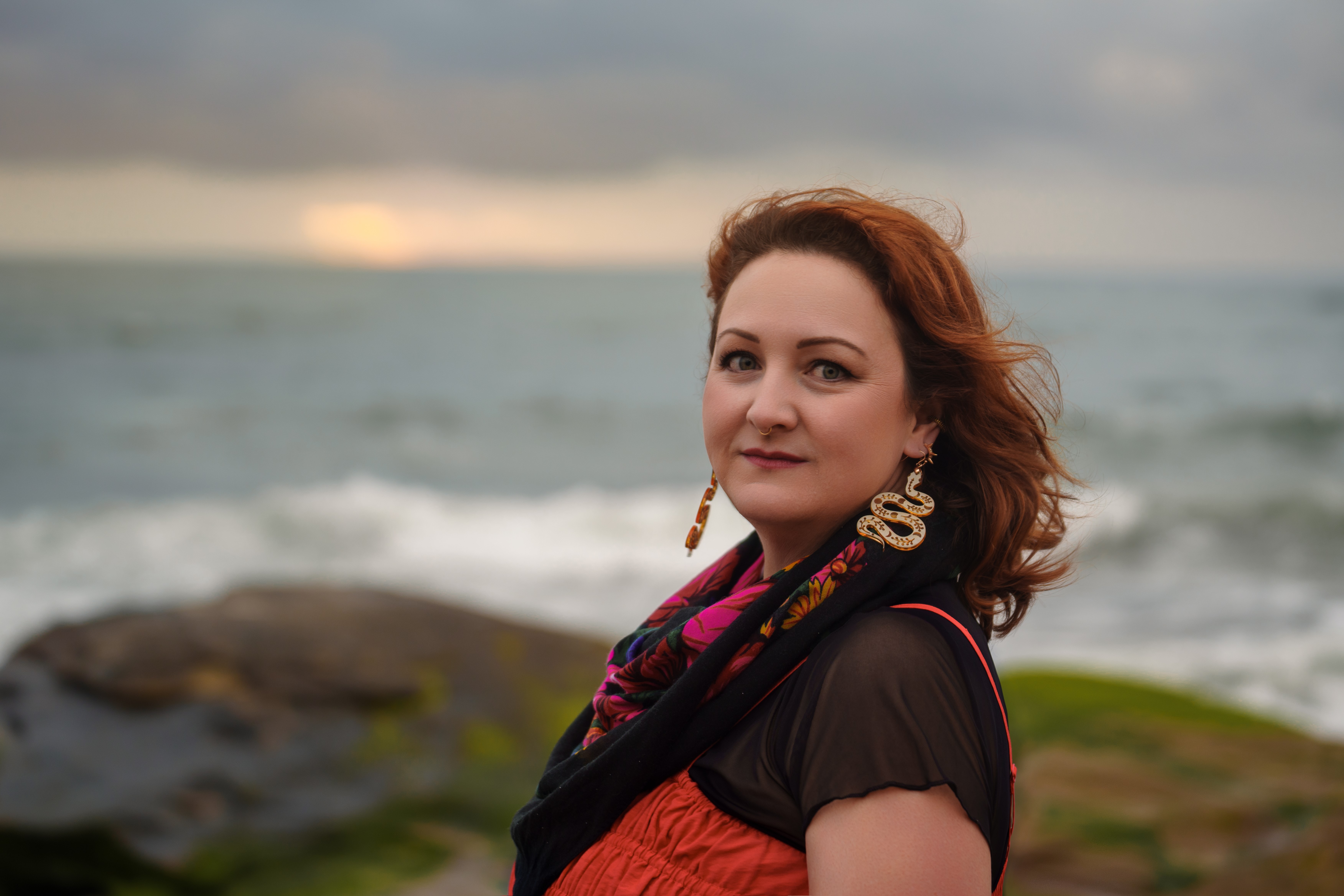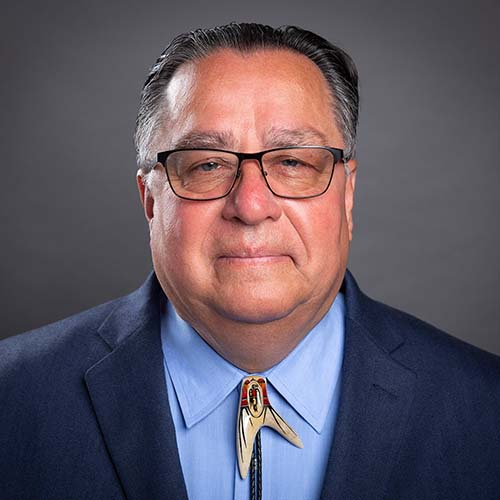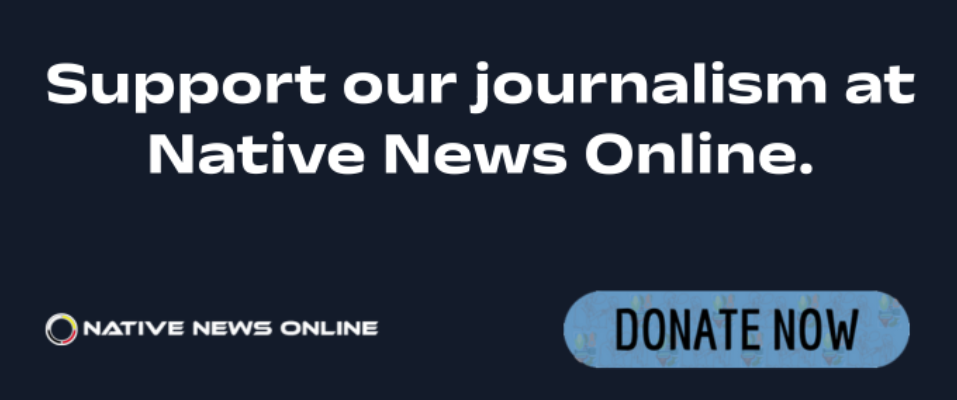
- Details
- By CC Hovie
Guest Opinion. I just want to wake up one day without having to deal with another story that reminds me how invisible or disposable non-Natives still think we are. I want to live in a world where we’re not constantly fighting for the basics: to remove racist mascots, to keep our Ancestors’ remains out of museum basements, to protect our kids, our lands, and our lives. Support for Native Nations continues to be cut or ignored; healthcare funding slashed, Bureau of Indian Education budget decimated, Tribal colleges defunded. Sacred sites are opened to extraction and industry while the few staff working inside institutions to make change for Native Peoples are fired or pushed out. And now, even our burial sites are reduced to entertainment.
This time, it’s Fort Hood.
On July 11, their Directorate of Family, Morale, Welfare and Recreation (DFMWR) hosted a “Spooky Movie Night” in a field they proudly described as being near “ancient burial grounds.” They chose Poltergeist, a film about building homes over graves and leaned into the location’s proximity to a Native burial site to sell the experience. In their own words: “It gets really dark, super dark out here,” said Norma Hernandez, DFMWR’s community activities coordinator. “So we’re hoping everybody has a spooky experience, knowing those things, knowing that about The Courses of Clear Creek.”
They knew. They used the presence of burial sites as a promotional hook. And only afterwards, once called out, did Fort Hood leadership try to walk it back.
According to public affairs director Chris Haug, one of the three archaeological sites located at The Courses of Clear Creek is a documented Native burial site. His defense? The movie was screened “outside the boundaries” of those sites. But proximity isn’t the issue, principle is.
The irony is hard to stomach. An office tasked with supporting family, morale, and welfare thought desecration-by-association was a good time. If this is what Fort Hood considers “recreation,” it’s no wonder Native families are still fighting to have their humanity recognized.
Let’s be clear: this is not spooky. It’s grotesque. It’s macabre. It’s a complete dehumanization of Native Ancestors who are buried there.
This isn’t a misunderstanding. It’s a value failure.
I’m tired. Native women are tired. We are still working to bring our children home from boarding school cemeteries. We are still fighting for our languages, our land, and our legal rights. And we are still forced to explain why Native burial sites deserve peace, while our diverse living Peoples deserve dignity.
And yet—I’m not stopping. We’re not stopping. Not while our next generations are watching.
The Association on American Indian Affairs is calling for a public apology from Fort Hood leadership and from Norma Hernandez. We are also calling on DFMWR and the Department of Defense to implement a clear policy: Native burial sites, whether within or near event locations, should be permanently off-limits for entertainment. No more excuses. No more spectacle.
We are not ghosts. We are Nations of diverse living cultures. And we will continue to rise, speak out, and protect our People—past, present, and future.
CC Hovie is a citizen of the Sault Ste. Marie Tribe of Chippewa Indians and serves as the Communications and Public Affairs Director for the Association on American Indian Affairs.
Help us defend tribal sovereignty.
At Native News Online, our mission is rooted in telling the stories that strengthen sovereignty and uplift Indigenous voices — not just at year’s end, but every single day.
Because of your generosity last year, we were able to keep our reporters on the ground in tribal communities, at national gatherings and in the halls of Congress — covering the issues that matter most to Indian Country: sovereignty, culture, education, health and economic opportunity.
That support sustained us through a tough year in 2025. Now, as we look to the year ahead, we need your help right now to ensure warrior journalism remains strong — reporting that defends tribal sovereignty, amplifies Native truth, and holds power accountable.
 The stakes couldn't be higher. Your support keeps Native voices heard, Native stories told and Native sovereignty defended.
The stakes couldn't be higher. Your support keeps Native voices heard, Native stories told and Native sovereignty defended.
Stand with Warrior Journalism today.
Levi Rickert (Potawatomi), Editor & Publisher

